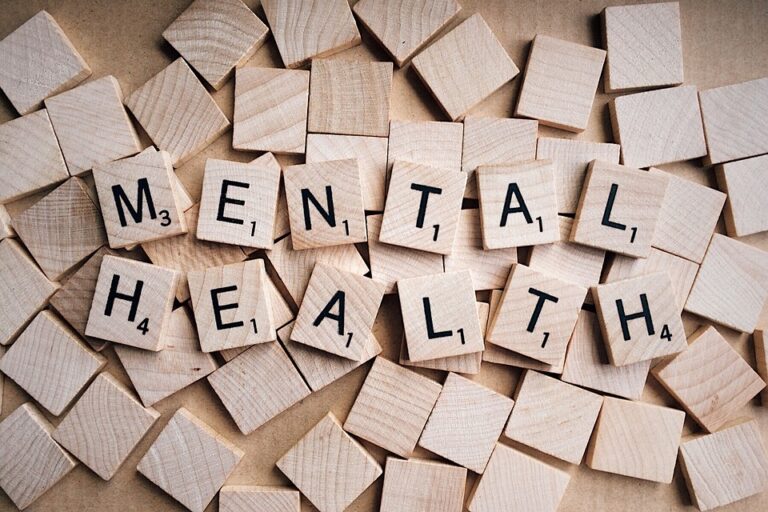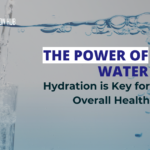Introduction
Losing fat while preserving muscle is a challenge faced by many, especially those seeking to improve their physique or overall health. The reality is that many people mistakenly believe that the only way to shed unwanted pounds is to adopt extreme dieting or vigorous exercise routines. The truth lies in understanding how to lose fat, not muscles effectively. In this article, we will explore key strategies and insights to help you navigate your fat loss journey while maintaining your hard-earned muscle mass.
Understanding Muscle and Fat Loss
The Basics of Fat and Muscle
What is Fat Loss?
Fat loss occurs when the body uses stored fat for energy, often as a result of a calorie deficit, where you consume fewer calories than you burn.
What is Muscle Loss?
Muscle loss, or catabolism, can occur during weight loss if the body doesn’t receive enough protein or if the caloric deficit is extreme. Preserving muscle during the weight loss process is crucial to maintaining metabolic rate and overall strength.
The Importance of a Caloric Deficit
To lose fat effectively, one essential factor is a caloric deficit. However, this deficit should be moderate—around 500 calories less than your total daily energy expenditure (TDEE) is often recommended [Study: Hall et al., 2019]. Excessive caloric restriction can lead to muscle loss, so it’s vital to find a balance.
Steps to Lose Fat Without Losing Muscle
1. Prioritize Protein Intake
Increasing protein intake can help mitigate muscle loss during calorie restriction. Aim for about 0.7 to 1 gram of protein per pound of body weight daily. Studies suggest that higher protein diets can enhance muscle retention during weight loss [Study: Pasiakos et al., 2013].
Benefits of Protein:
- Muscle Preservation: Supports muscle synthesis, especially when in a deficit
- Satiety: Helps you feel fuller longer, reducing overall calorie intake
2. Incorporate Strength Training
Strength training is crucial for maintaining muscle mass. Engaging in resistance training 2-3 times a week can significantly help you lose fat while keeping muscles intact [Study: Wolfe et al., 2016].
Strategies for Effective Strength Training:
- Focus on Compound Movements: Exercises like squats, deadlifts, and bench presses engage multiple muscle groups.
- Progressive Overload: Gradually increase weights or resistance to continue challenging your muscles.
3. Moderate Cardio and HIIT
While cardio plays a role in fat loss, too much can risk muscle loss. Opt for moderate amounts of cardio—around 150 minutes of moderate-intensity aerobic activity weekly, combined with high-intensity interval training (HIIT) once or twice a week [Study: Wisløff et al., 2001].
Benefits of HIIT:
- Efficient Fat Burning: Short bursts of activity can burn calories effectively in a shorter time.
- Preservation of Muscle: Less prolonged endurance activity reduces muscle breakdown.
4. Focus on Recovery
Recovery time is essential for muscle maintenance. Adequate rest allows your muscles to repair and grow. Aim for 7-9 hours of quality sleep each night and incorporate rest days in your training routine.
Tips for Recovery:
- Stay Hydrated: Proper hydration aids muscle recovery.
- Nutrition Post-Workout: Consume a mix of proteins and carbohydrates after workouts to support muscle repair.
Conclusion
Losing fat while preserving muscle can feel daunting, but it is achievable with the right approach. By prioritizing protein, incorporating strength training, managing cardio, and allowing for recovery, you can effectively lose fat without sacrificing muscle. Remember to continually monitor your progress and make adjustments as needed. For more strategies on fitness and nutrition, check out our guide on sustainable weight loss habits.
Frequently Asked Questions
How can I lose fat without losing muscle?
To lose fat without losing muscle, focus on a balanced diet rich in protein, engage in strength training, and maintain a moderate caloric deficit. Avoid extreme diets that may lead to muscle catabolism.
What is the best diet for losing fat and maintaining muscle?
A high-protein diet, combined with healthy fats and carbohydrates, is ideal. Aim for balanced meals that promote satiety and provide essential nutrients to support muscle maintenance.
Is cardio necessary to lose fat?
While cardio can aid fat loss, it’s not strictly necessary. Strength training and a proper diet can be just as effective, if not more so, for preserving muscle while losing fat.
How much protein do I need to maintain muscle during fat loss?
Aim for about 0.7 to 1 gram of protein per pound of body weight daily to help preserve muscle during fat loss, especially when in a caloric deficit.
Can I do too much strength training when trying to lose fat?
Yes, overtraining can lead to fatigue and inhibit muscle recovery. Balance your strength training with adequate rest and recovery for optimal results.
Will I lose muscle if I lose weight quickly?
Rapid weight loss often leads to muscle loss. It’s advisable to aim for a gradual weight loss of about 1-2 pounds per week to preserve muscle mass effectively.








